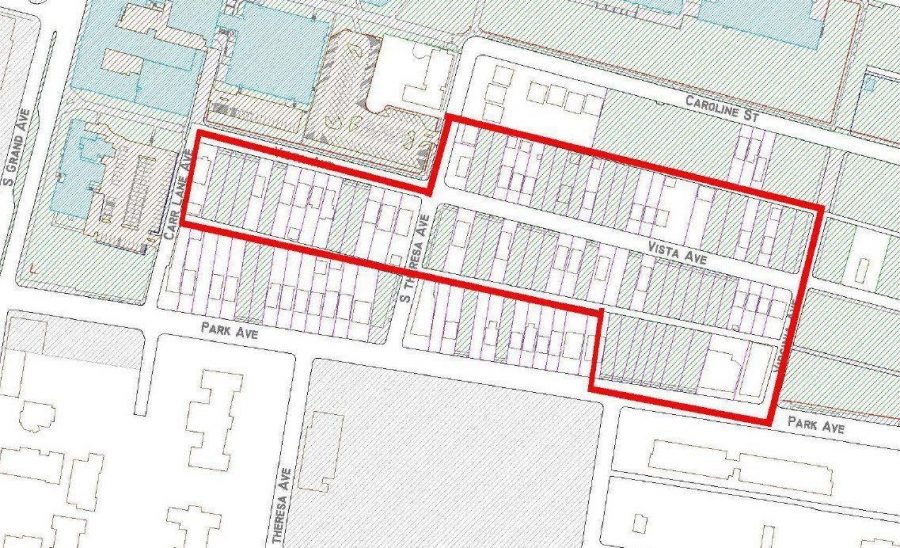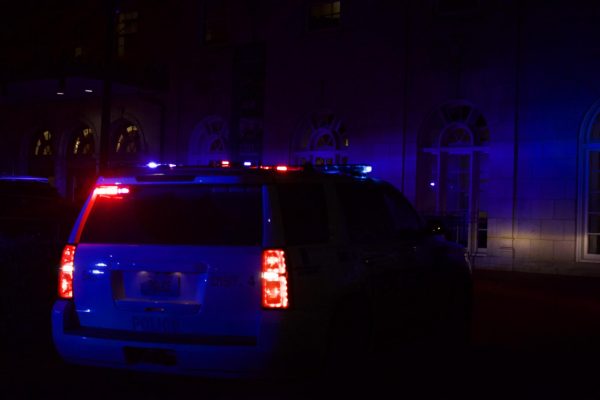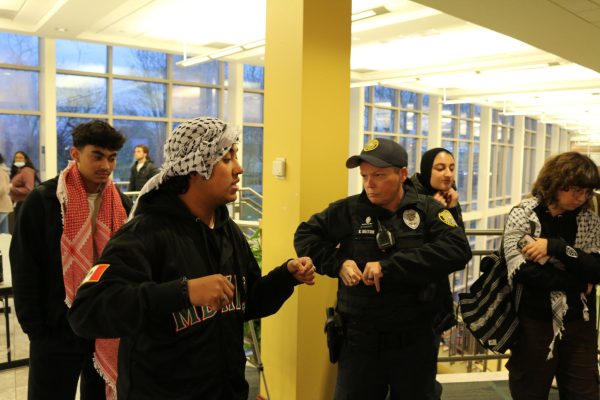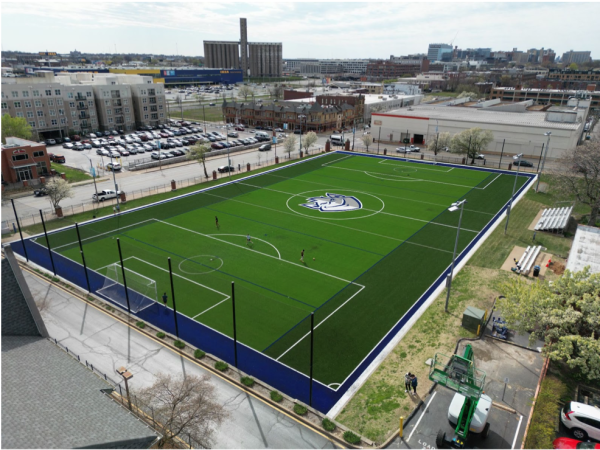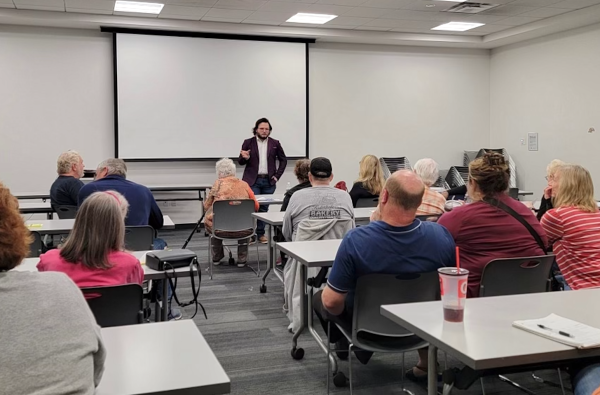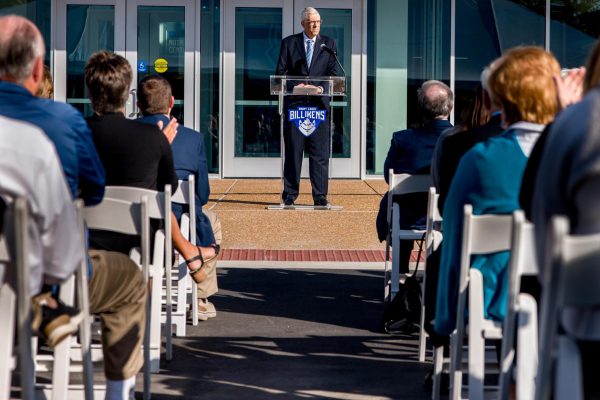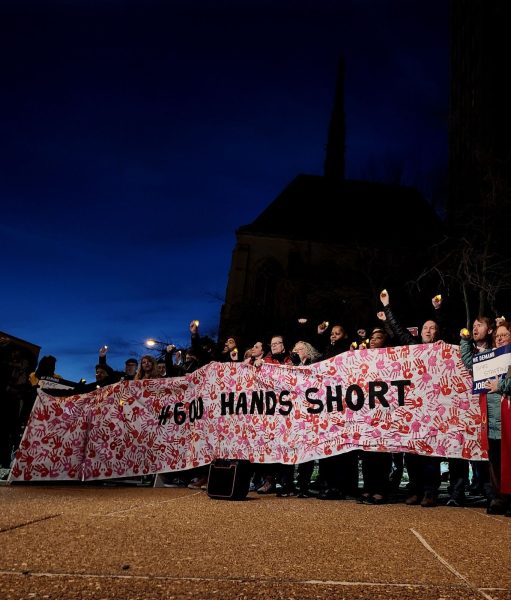SLU Develops Lots East of Hospital
It is no secret that SLU is undertaking a number of development projects both on and off campus. One of the most recent projects the University is part of involves redeveloping a part of Midtown. Gate District West, which is the neighborhood housing most of SLU’s medical campus, is the main site of this redevelopment initiative.
SLU partnered with SSM Health to form the Saint Louis Midtown Redevelopment Corporation, which is the main overseer of all redevelopment or new construction in the 400-acre area that includes Gate District West. The Redevelopment Corporation’s goal is to promote the development of the Midtown area surrounding SLU.
The Corporation has partnered with the Gate District West Neighborhood Association to develop lots located to the east of the Medical Campus. The project, while closely linked to SLU, is actually being led by the Neighborhood Association itself. The Neighborhood Association has asked for developer proposals for the lot, which they are planning to receive in November. SLU will then sell to the groups whose proposals are accepted.
The 43 available lots will be sold to develop new residential housing in the area. The neighborhood association will be reviewing the proposals, which will include design and material plans for the new constructions. The request for proposals, or the RFP, has stated that the “new homes should be two stories and match the characteristics of the existing historic homes on the streets,” according to a piece in the St. Louis Post-Dispatch.
The Gate District West has worked for a considerable amount of time on bringing new development projects to the area. In 2017, the Neighborhood Association was re-established, and the Saint Louis Midtown Redevelopment Corporation has worked with Alderwoman Marlene Davis of the 19th ward to usher in new development to the Midtown area.
Brooks Goedeker, the Executive Director of the Corporation, used to work with the Washington University Development Corporation in the Grove and Central West End areas. He said that the new project in Midtown is “flipping the script” on how development projects have tended to work in the past.
“Usually we would buy out slumlords or properties, decide what types of development would be good for that area and then take it to the residents and ask if they thought it was okay,” said Goedeker. “This time we are having the neighborhood association make the decisions from the beginning.”
Godeker said that many of the residents that live in close proximity to the lots have lived there most of their lives. Allowing them to take charge of who is coming into their neighborhood and developing properties is one of the main advantages of this project.
As well as working with the local neighborhood association committees, the Saint Louis Midtown Redevelopment Corp has a Citizens Advisory Committee, made up of local residents and business representatives. The Corporation is also working with the Chaifetz School of Business affiliate organization Habitat for Neighborhood Business, which works primarily to help “minority entrepreneurs realize their dream to own and operate a business in economically challenged neighborhoods.”
Goedeker stated that the goal of the University and the Redevelopment Corporation is to help “stabilize the neighborhood,” instead of expansion of the University. Along with the new residential developments, the Saint Louis Midtown Redevelopment Corporation has a vision for the Midtown area as a whole to make it more inviting for St. Louis residents.
The Corporation is working with other developers in order to encourage new property development in the Midtown area. Projects such as the City Foundry STL project, the Armory District project and a new Westin Hotel project are just a few of the larger plans underway in Midtown overseen by the Corporation.
“One of the main objectives is to bring in retail services, as well as restaurants, bars, things like that,” said Goedeker. “Grand Avenue actually has the highest bus ridership of any street in the area,” but the city is unable to capitalize on it due to a lack of businesses.
“While the development of Midtown is good for this area, it is also going to be good for the whole city, having a place where the North, South, East and West sides of St. Louis can converge,” Goedeker said.
Your donation will support the student journalists of Saint Louis University. Your contribution will help us cover our annual website hosting costs.


